Vital For Countering China
Despite these specialized features, Shikishima’s primary mission of escorting nuclear fuel was only conducted “once” back in November 1992.
During the mission, it was rammed by an environmental activist in France, though the ship faced no issues whatsoever in continuing the journey thanks to its robust hull.
After this successful first mission, the aforementioned Pluthermal Cycle concept met prolonged delays, and the Fukushima nuclear disaster of 2011 brought the project to a practical halt with no prospect of resuming.
 Shikishima alongside a JMSDF destroyer (photo: JCG)
Shikishima alongside a JMSDF destroyer (photo: JCG)
Shikishima’s primary role has been suspended likewise, but the exceptionally large patrol boat has been useful in other areas.
Its original design for long-distance travel makes it suitable for never-ending standoffs with the Chinese coast guard near the disputed Senkaku Islands. Although the ship itself is becoming obsolete, Shikishima’s ability to endure long operations, alongside the impressive armament and aviation capabilities, is something still highly valued by the JCG.
Hence, the JCG has not only deployed the vessel to counter the Chinese, but also shifted to building its successors. After thirty-years of loneliness, Shikishima now has four sister-ships, though they are treated as different classes from an official standpoint.
The new line of Shikishima-class ships are aimed to reinforce the JCG’s Senkaku task force, a unit consisted of twelve patrol vessels to exclusively police the territorial waters near the Senkaku Islands.
In the wake of China deploying larger, more heavily armed coast guard vessels, the aging Shikishima is still regarded as a valuable asset capable of countering such threat, and its decommission is likely to be further postponed.










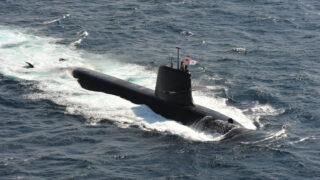


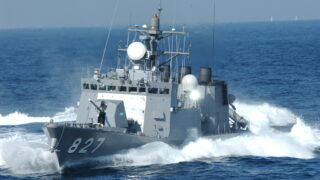

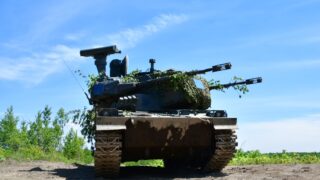


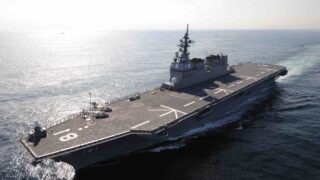
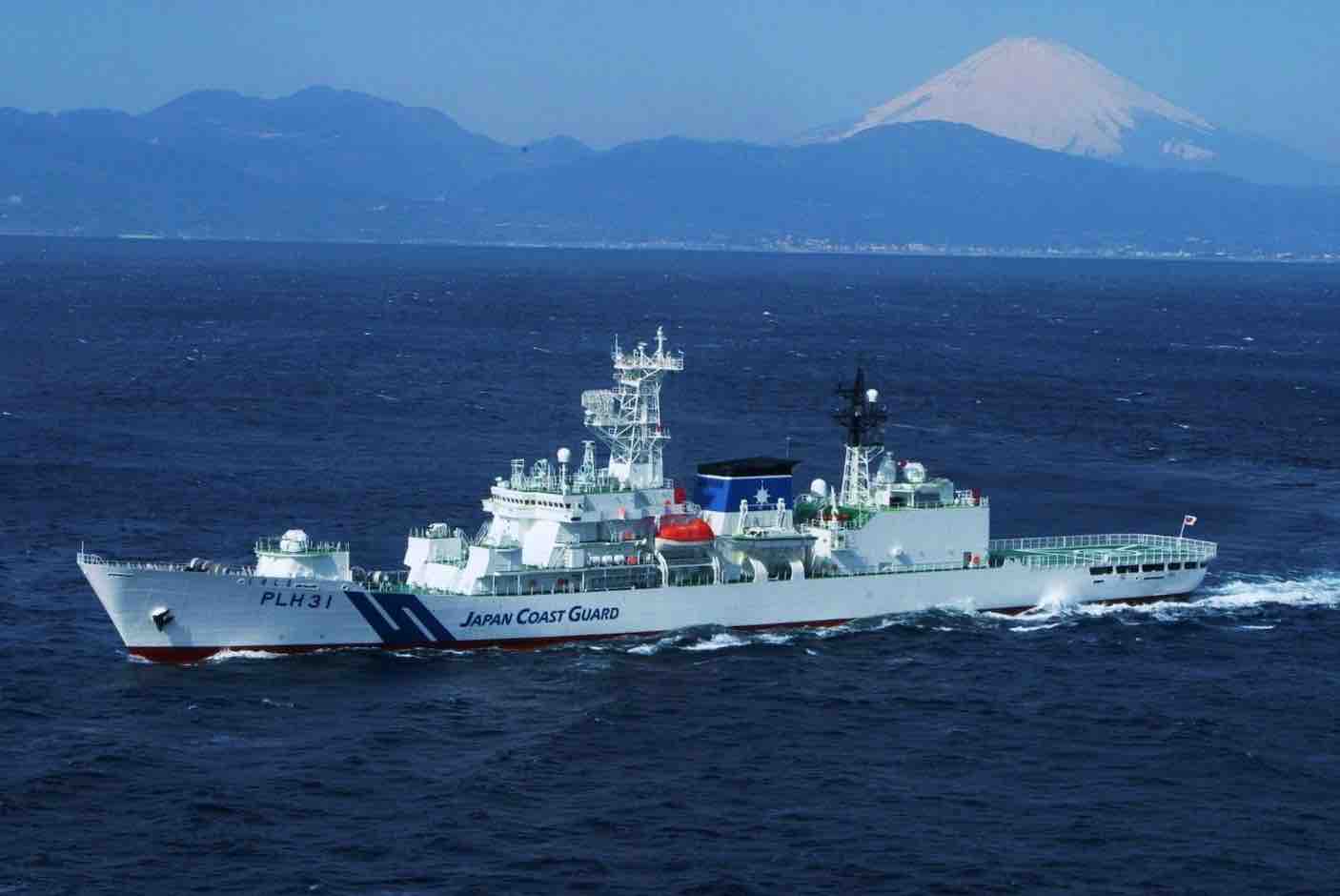
Comments